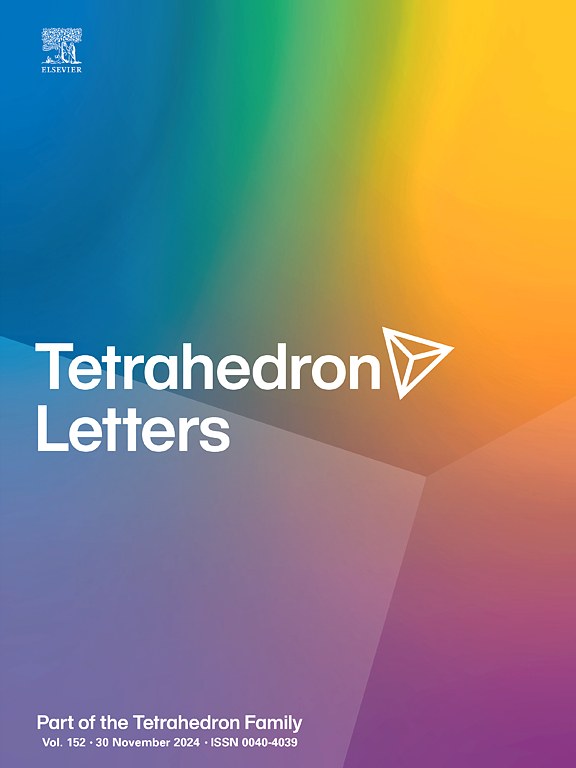A “double-locked” fluorescent probe for HClO/H2S detection
IF 1.5
4区 化学
Q3 CHEMISTRY, ORGANIC
引用次数: 0
Abstract
This study explores the “double-locked” probe strategy for simultaneous detection of oxidative hypochlorous acid (HClO) and reductive hydrogen sulfide (H2S). Drawing on our previous work on push–pull electronic structure-based probe Sa1, we designed and synthesized a novel double-locked probe, An1, for the simultaneous sensing of HClO and H2S. Our results demonstrate that An1 remains fluorescently quenched in the presence of either HClO or H2S alone, while displaying robust fluorescence turn-on upon their coexistence. This detection mechanism is well-supported by mass spectrometry analysis. Reaction kinetics studies reveal excellent responsiveness, and selectivity experiments confirm the specific recognition of HClO and H2S. Prior to biological applications, the low cytotoxicity of An1 was validated through MTT assays. Finally, the applicability of An1 in biological systems was successfully demonstrated in tumor cells and zebrafish models. This work not only validates the potent double-locked detection capability of An1 with potential clinical implications but also underscores the versatility of the push–pull electronic structure as a generic platform for double-locked probe design.

求助全文
约1分钟内获得全文
求助全文
来源期刊

Tetrahedron Letters
化学-有机化学
CiteScore
3.50
自引率
5.60%
发文量
521
审稿时长
28 days
期刊介绍:
Tetrahedron Letters provides maximum dissemination of outstanding developments in organic chemistry. The journal is published weekly and covers developments in techniques, structures, methods and conclusions in experimental and theoretical organic chemistry. Rapid publication of timely and significant research results enables researchers from all over the world to transmit quickly their new contributions to large, international audiences.
 求助内容:
求助内容: 应助结果提醒方式:
应助结果提醒方式:


